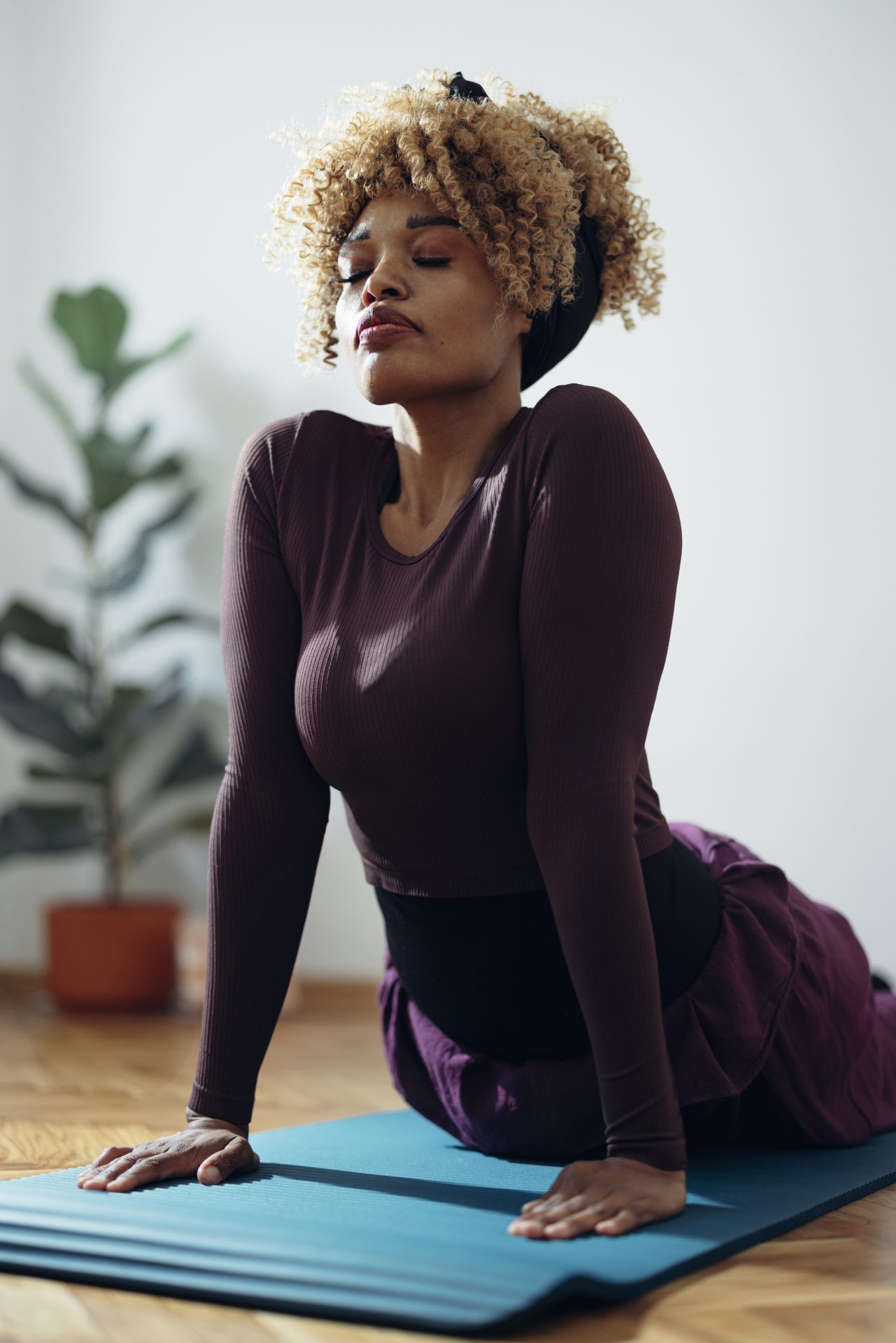What the experts say about exercising with asymptomatic Covid
Are you isolating with a positive coronavirus test but not suffering the symptoms? Read this before you pass the time with an intense workout routine.
Despite being more infectious, it’s believed that Covid-19’s latest strain is ‘milder’ for those who are infected. That means that there’s less risk of hospitalisation for those with Omicron than there was with previous variations of the virus.
While more and more people are now testing positive with cold-like symptoms or none at all, asymptomatic cases have existed since the start of the pandemic. According to a 2021 paper published by JAMA, around 40% of all covid cases are asymptomatic, “meaning that people are receiving a positive test without the fever, cough or fatigue,” explains Jodie Breach, national physiotherapy lead from Nuffield Health’s Covid Rehabilitation Programme.
You may also like
Omicron recovery: how long should you wait before returning to exercise after having Covid?
Exercise may be off the agenda for those with symptoms, but what about those of us who feel totally normal and are facing isolation for seven to 10 days? Should asymptomatic people bother attempting a daily lockdown workout in their living room to keep active or not?
“There is research that shows exercise makes symptoms worse in symptomtic Covid, however we do not really know if it is safe to exercise when the virus is asymptomatic,” explains Breach. “Theoretically, exercising with asymptomatic Covid may actually induce symptoms and make you feel worse and take longer to recover.”

That’s because of the extra stress your body is under to fight the virus. Whether you feel it or not, the immune system is working hard to get rid of the live infection, so why add extra load with a workout your body needs to push through and recover from? For that reason, Breach and her team don’t encourage exercise even in asymptomatic cases.
Plus, Breach warns of the fact that up to 22% of Covid cases also experience ‘acute cardiac injury’, and there’s evidence that some Covid cases are associated with myocarditis – “an inflammation of the heart muscle induced by the virus”. Therefore, adding cardiovascular strain isn’t recommended for those who have the active virus “in order to maintain cardiac health,” she says. But this is unchartered territory – the risk may be negligible but we just don’t know yet. “Exercise has a number of health benefits both for our physical and mental health. However, these need to be balanced with the risk of inducing other symptoms if exercising with Covid,” Breach adds.
You may also like
Coronavirus vaccine: can you exercise after the Covid-19 jab or booster & how long should you wait?
But, let’s be honest: those who are stuck at home without symptoms are probably bouncing off the walls. If that’s you, you can get rid of some energy with low-intensity movement. “If you are wanting to do some form of exercise, opt for yoga or pilates and once out of isolation, you can add in walks,” says Breach. “Take note of how you recover from the activity and if you experience any fatigue or other symptoms in the day or so after the exercise. If so, it may have been too intense. If you have no symptoms and recover as you would normally expect to, then it is fine to slowly increase intensity levels, monitoring the body’s ability to recover throughout.”
By the end of your week at home, you might be fine with a more intense home workout. But it’s best to start slow to check your body really is ready. But most importantly, don’t throw yourself into a week of HIIT to compensate for the fact that you’re stuck inside. Some gentle movement and a movie marathon is probably what your body needs.
Images: Getty
Source: Read Full Article
